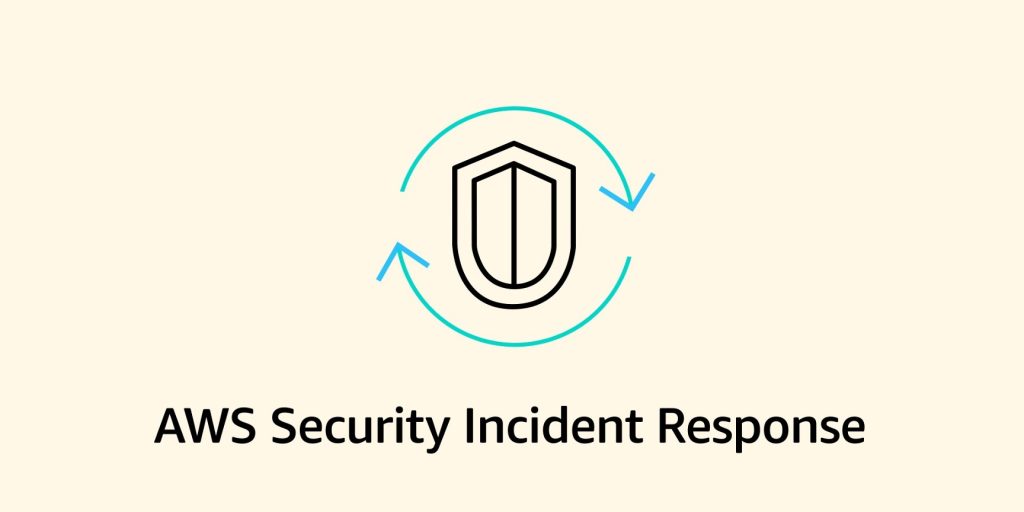AWS Security Blog
Tag: Incident response
GuardDuty Extended Threat Detection uncovers cryptomining campaign on Amazon EC2 and Amazon ECS
Amazon GuardDuty and our automated security monitoring systems identified an ongoing cryptocurrency (crypto) mining campaign beginning on November 2, 2025. The operation uses compromised AWS Identity and Access Management (IAM) credentials to target Amazon Elastic Container Service (Amazon ECS) and Amazon Elastic Compute Cloud (Amazon EC2). GuardDuty Extended Threat Detection was able to correlate signals […]
Practical steps to minimize key exposure using AWS Security Services
Exposed long-term credentials continue to be the top entry point used by threat actors in security incidents observed by the AWS Customer Incident Response Team (CIRT). The exposure and subsequent use of long-term credentials or access keys by threat actors poses security risks in cloud environments. Additionally, poor key rotation practices, sharing of access keys […]
Accelerate investigations with AWS Security Incident Response AI-powered capabilities
If you’ve ever spent hours manually digging through AWS CloudTrail logs, checking AWS Identity and Access Management (IAM) permissions, and piecing together the timeline of a security event, you understand the time investment required for incident investigation. Today, we’re excited to announce the addition of AI-powered investigation capabilities to AWS Security Incident Response that automate […]
AWS CIRT announces the launch of the Threat Technique Catalog for AWS
June 13, 2025: This post was updated to fix an incorrect link. Greetings from the AWS Customer Incident Response Team (AWS CIRT). AWS CIRT is a 24/7, specialized global Amazon Web Services (AWS) team that provides support to customers during active security events on the customer side of the AWS Shared Responsibility Model. We’re excited […]
How to automate incident response for Amazon EKS on Amazon EC2
Triaging and quickly responding to security events is important to minimize impact within an AWS environment. Acting in a standardized manner is equally important when it comes to capturing forensic evidence and quarantining resources. By implementing automated solutions, you can respond to security events quickly and in a repeatable manner. Before implementing automated security solutions, […]
Use an Amazon Bedrock powered chatbot with Amazon Security Lake to help investigate incidents
In part 2 of this series, we showed you how to use Amazon SageMaker Studio notebooks with natural language input to assist with threat hunting. This is done by using SageMaker Studio to automatically generate and run SQL queries on Amazon Athena with Amazon Bedrock and Amazon Security Lake. The Security Lake service team and […]
AWS empowers global security culture at Wicked6 Cyber Games
Wicked6 Cyber Games 2025 brought hundreds of women together worldwide from March 28–30. This dynamic virtual competition, sponsored by Amazon Web Services (AWS), helped attendees tackle real-world cybersecurity challenges through e-sports experiences. With 72 hours of women talking about cybersecurity, 11 cybersecurity games, and an attack and defense tournament streamed live, the weekend-long event highlighted […]
How to deploy an Amazon OpenSearch cluster to ingest logs from Amazon Security Lake
April 29, 2025: We’ve updated this post to make it simpler for customers to deploy the resources. July 29, 2024: Original publication date of this post. The current version was updated to make the instructions clearer and compatible with OCSF 1.1. Customers often require multiple log sources across their AWS environment to empower their teams […]
Testing and evaluating GuardDuty detections
Amazon GuardDuty is a threat detection service that continuously monitors, analyzes, and processes Amazon Web Services (AWS) data sources and logs in your AWS environment. GuardDuty uses threat intelligence feeds, such as lists of malicious IP addresses and domains, file hashes, and machine learning (ML) models to identify suspicious and potentially malicious activity in your […]
Preventing unintended encryption of Amazon S3 objects
March 18, 2025: This post was updated to include additional guidance around monitoring and detection. January 17, 2025: We updated this post to highlight the importance of using short-term credentials to mitigate the risk of unauthorized techniques such as the one detailed in this blog. At Amazon Web Services (AWS), the security of our customers’ […]









